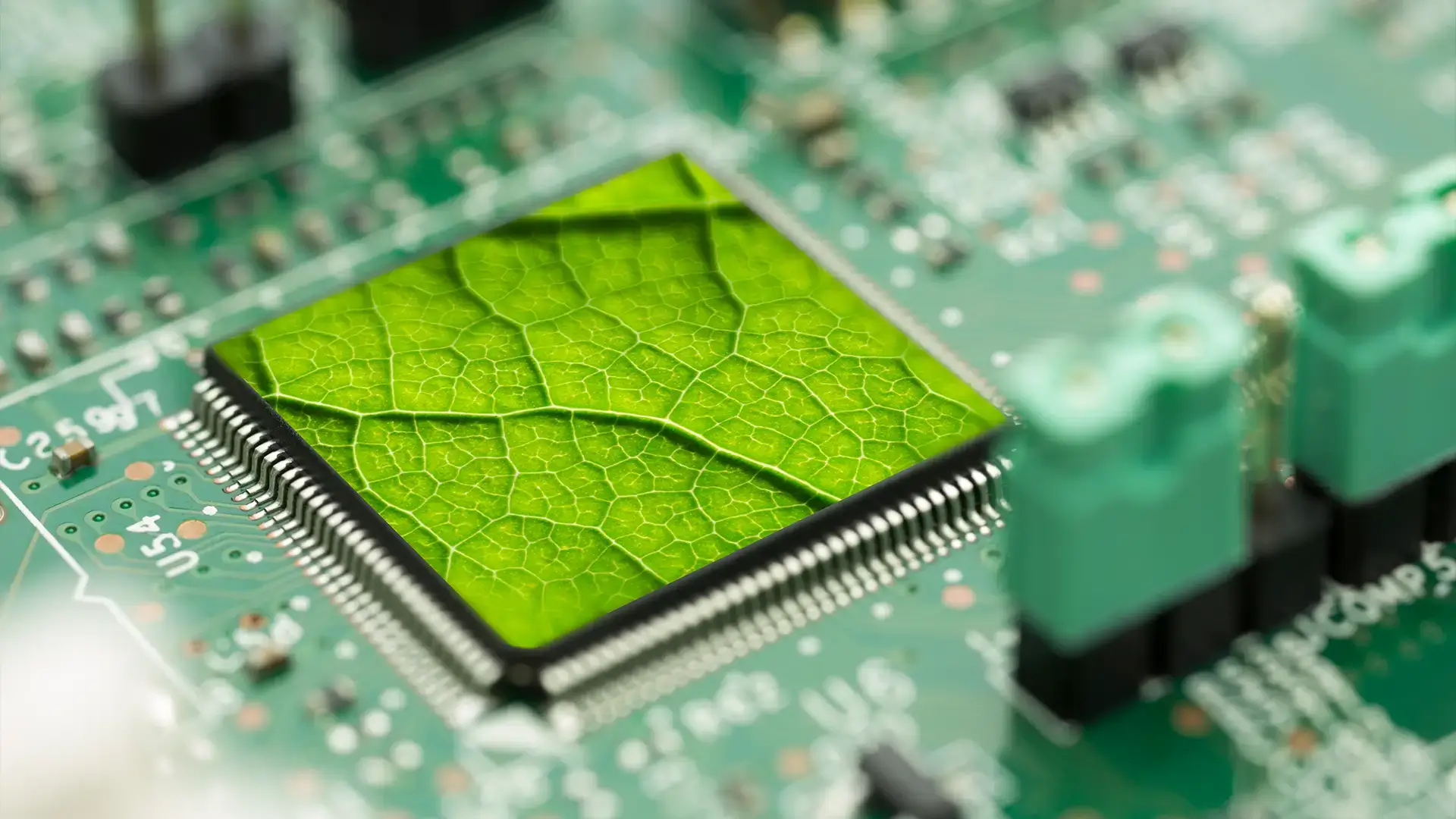Designing and developing an eco friendly website
It’s been a long time now since emails started appearing in inboxes politely asking that you think of the planet and don’t print them out. And years since companies started proudly announcing their plans and commitment to going ‘digital first’ and ‘paper free’ as an office. But just what impact does doing everything online have on the environment when it comes to emissions, and how should you be factoring your website into your sustainability plans?
First off, powering the internet is no mean feat. As the Sustainable Web Manifesto points out if, ‘the Internet was a country, it would be the 4th largest polluter’.
The internet today is enormous, there are 1.12 billion websites in the world, of which 18% are active according to Siteefy.
The sheer scale of these numbers might understandably lead you to think there is little that you can do so why worry.
However, arguably, if we’re all a little more conscious of our consumption we can together effect change.
In addition, there are many ways in which you can optimise your website, to make it more efficient and streamlined, and therefore use less energy, which will also serve to have a beneficial impact on your user experience – always a good thing.
So, what can you do?
How to optimise your website
To begin with, as the numbers above make clear, your website is part of a large ecosystem. One that is powered by data centres and kept online by website hosting providers. Many of these hosting providers, conscious of people’s concern about the environmental impact of the internet have made moves to themselves become greener. You can support this and reduce the impact of your own website by moving to a ‘green’ hosting provider.
A quick note – there is no industry standard as to what counts here as ‘green’ so you’ll need to do your research and find what aligns with your own sustainability goals. For example, is that a provider powered by renewables, or one who purchases carbon credits, or who plants trees?
Next, you can review what’s on your site and how easy it is for people to navigate around it. The faster people can find the information they’re after or make their purchase the less energy is required.
When it comes to what’s on your site, your image and video content is key. Ensure all your images are being properly compressed (there are lots of tools available you can add to your website), and if you are hosting video on your site it’s best to do so by embedding from elsewhere like Youtube, rather than having the video saved on your website. By embedding video in this way visitors will be able to play it without drawing on your server’s resources, it will also help your SEO.
Next, if you’re planning a website redesign or rebuild task your web developers to custom code your website with the objective of making it as lean as possible. One of the reasons we custom code all the websites we build our clients is because themes and templates, as they are designed to be used by anyone and everyone, will have within them a lot of elements irrelevant for your needs. They therefore carry a lot of bloat which essentially weighs your website down which will make it slower and require more data to load.
For the same reason you should ask your development team to keep plugins to a minimum.
You can also ask your developers to use a content delivery network (CDN), this is a network of servers located around the world. By using a CDN content will load faster for your visitors as it will load from the location closest to them. This will result in a better experience for your visitors, speed being a key component in a positive user experience, and also a less data intensive and therefore greener website.
Keen to understand how well optimised your website is? Click here to get a review by our team.




